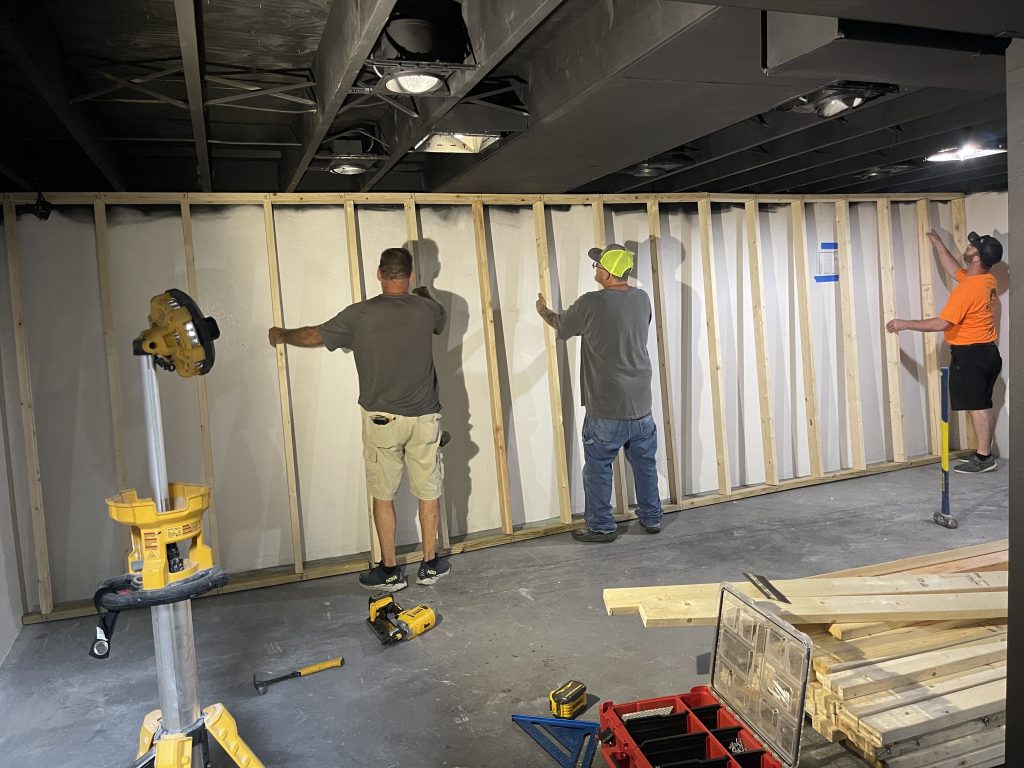
In the realm of residential construction, the choice of framing material is pivotal. While steel framing has gained popularity in commercial and high-rise buildings, wood framing remains the predominant choice for residential structures. This preference for wood over steel stems from a combination of factors including cost, availability, ease of construction, and environmental considerations.
1. Cost-Effectiveness
One of the primary reasons wood framing is favored in residential construction is its cost-effectiveness. Wood is generally less expensive than steel, both in terms of material costs and labor. The cost of steel framing materials can be significantly higher due to the manufacturing processes and transportation expenses associated with steel. Additionally, wood framing typically requires less specialized labor and equipment, further reducing overall construction costs.
2. Accessibility and Availability
Wood is widely available and easily sourced, making it a practical choice for residential construction. In many regions, local lumber mills provide a steady supply of wood, often resulting in lower prices and reduced transportation costs. On the other hand, steel framing requires more specialized sourcing and transportation, which can add to the cost and complexity of a project.
3. Ease of Construction
Wood framing is generally easier to work with than steel. Carpenters and builders are accustomed to working with wood, and the tools and techniques required for wood framing are well-established and readily available. Wood is also more forgiving in terms of adjustments during construction, allowing for modifications on-site with relative ease. Steel framing, in contrast, often requires precise measurements and welding or bolting, which can be more complex and time-consuming.
4. Insulation and Energy Efficiency
Wood offers natural insulation properties due to its thermal mass, which helps in maintaining comfortable indoor temperatures. This can contribute to better energy efficiency and reduced heating and cooling costs. While steel framing can be paired with insulation materials, it often requires additional considerations to prevent thermal bridging, where the metal conducts heat or cold through the insulation layer.
5. Environmental Impact
From an environmental perspective, wood is often considered a more sustainable option compared to steel. Wood is a renewable resource, especially when sourced from sustainably managed forests. Additionally, wood framing has a lower carbon footprint since it sequesters carbon dioxide during its growth. Steel production, on the other hand, is energy-intensive and generates significant greenhouse gas emissions. Although steel can be recycled, the overall environmental impact of steel framing remains higher.
6. Aesthetic and Design Flexibility
Wood framing allows for a wide range of design options and aesthetic choices. The natural beauty of wood can enhance the visual appeal of a home, and its versatility supports various architectural styles. Wood can be easily modified to accommodate changes in design, whereas steel framing often involves more rigid structural elements that can limit design flexibility.
7. Performance and Durability
Both wood and steel framing offer durability, but they each have their specific advantages. Wood is resilient and can adapt well to a variety of environmental conditions when properly treated and maintained. It also tends to perform well under load and can be less prone to denting and scratching compared to steel. However, steel is resistant to pests such as termites and is non-combustible, which makes it a strong candidate for certain applications. The choice between wood and steel often depends on the specific requirements and environmental conditions of the construction project.
Conclusion
While steel framing offers distinct advantages, especially in commercial and industrial settings, wood framing remains the preferred choice for residential construction due to its cost-effectiveness, availability, ease of construction, and environmental benefits. The choice of framing material ultimately depends on various factors including budget, design goals, and environmental considerations. However, for many residential builders and homeowners, wood continues to be the go-to material for its practicality and versatility.
Cedar Hill St. Louis Jefferson County Olivette Kirkwood Ballwin Arnold Franklin County St Charles County Fenton High Ridge Dittmer Creve Coeur
